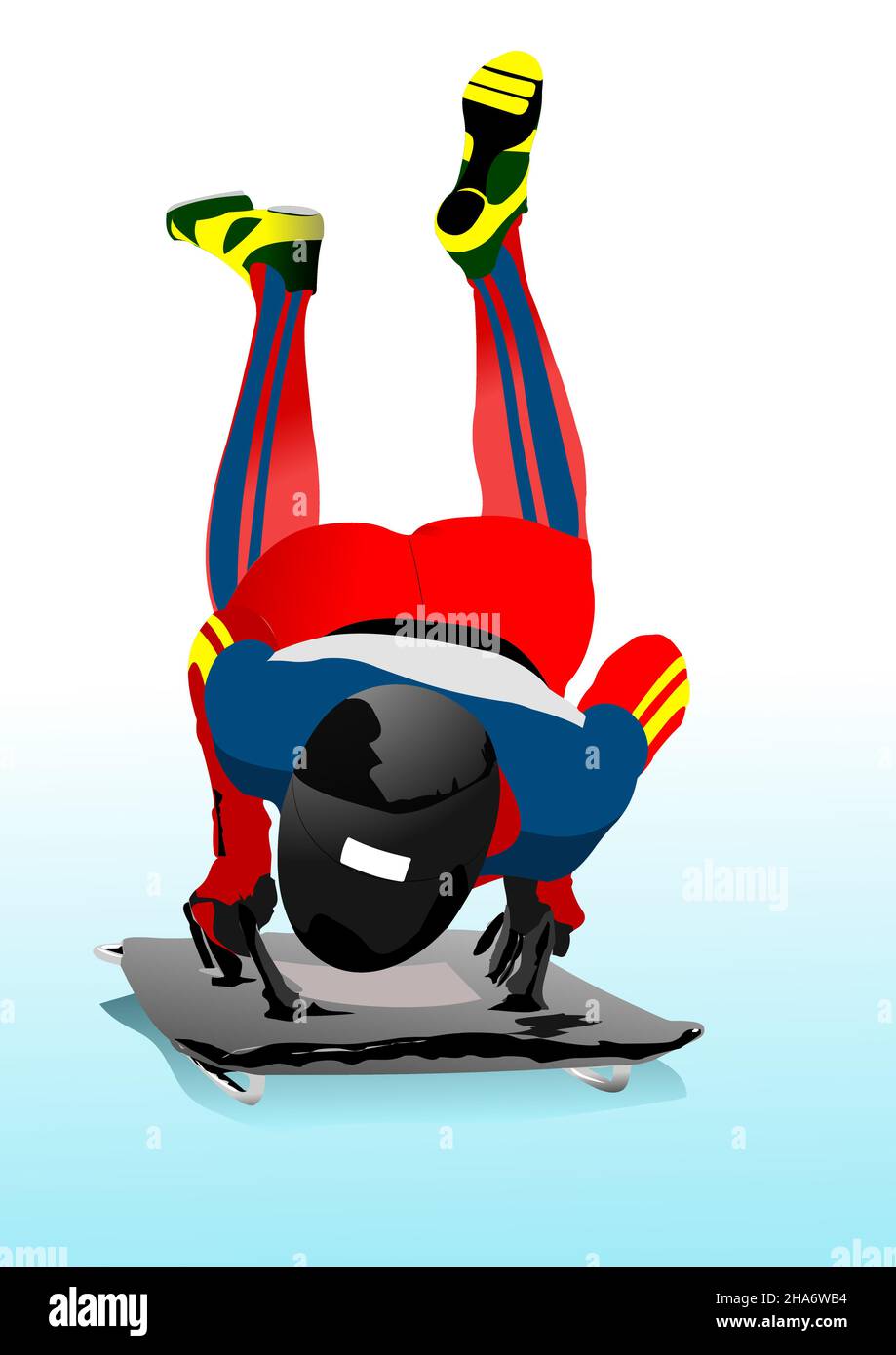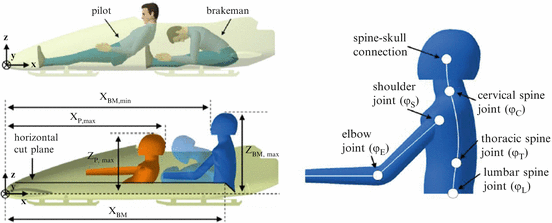

Though bobsled, luge and skeleton may look easy, in reality they are anything but. When athletes enter a turn at 80 mph (129 kph) they experience accelerations that can reach five times that of normal gravitational acceleration.

Racers are dealing with a lot of kinetic energy and strong forces. Both gravitational potential energy and kinetic energy increase as weight increases, meaning there is more energy in a four-person bobsled team than there is in a one-person luge or skeleton for a given speed. The reason a flying baseball will shatter the glass if it hits a window is that the ball transfers its kinetic energy to the glass. The potential energy is converted to another form of energy once the object starts falling. Gravitational potential energy represents stored energy and increases as an object is raised farther from Earth’s surface. Lugeing was included in the Olympic Winter Games for the first time in 1964, and in 2011 it was announced that a team relay-consisting of doubles sled, women’s singles sled, and men’s singles sled competitions-had been added to the schedule for the 2014 Olympic Winter Games in Sochi, Russia.Riders in the sledding events reach their fast speeds because of the conversion of gravitational potential energy into kinetic energy. In 1957 the luge sport left the FIBT and established the Fédération Internationale de Luge de Course (FIL). The first European luge championships, with single- and double-seater events, were held in 1914 at Reichenfels, Austria, and the first world titles were contested at Oslo, Norway, in 1955. The International Sled Sport Federation was established in 1913 in Dresden, Germany, and it merged with the Fédération Internationale de Bobsleigh et de Tobogganing (FIBT) in 1935. The first international sledding competition was held in Davos, Switzerland, in 1883. The sport takes its name from the French word for “sled.”ĭating to the 15th century, lugeing is a traditional winter sport in Austria and Germany. Luge sledding is distinctive from bob and skeleton sledding in that the sled is ridden in a supine position (lying on the back) and steered by subtle leg and shoulder movements. Lugeing, also called luge tobogganing, form of small-sled racing.

Learn about the major environmental problems facing our planet and what can be done about them! Saving Earth Britannica Presents Earth’s To-Do List for the 21st Century.Britannica Beyond We’ve created a new place where questions are at the center of learning.100 Women Britannica celebrates the centennial of the Nineteenth Amendment, highlighting suffragists and history-making politicians.
#Luge vs skeleton speed how to
COVID-19 Portal While this global health crisis continues to evolve, it can be useful to look to past pandemics to better understand how to respond today.Student Portal Britannica is the ultimate student resource for key school subjects like history, government, literature, and more.Demystified Videos In Demystified, Britannica has all the answers to your burning questions.This Time in History In these videos, find out what happened this month (or any month!) in history.#WTFact Videos In #WTFact Britannica shares some of the most bizarre facts we can find.Britannica Classics Check out these retro videos from Encyclopedia Britannica’s archives.Britannica Explains In these videos, Britannica explains a variety of topics and answers frequently asked questions.


 0 kommentar(er)
0 kommentar(er)
